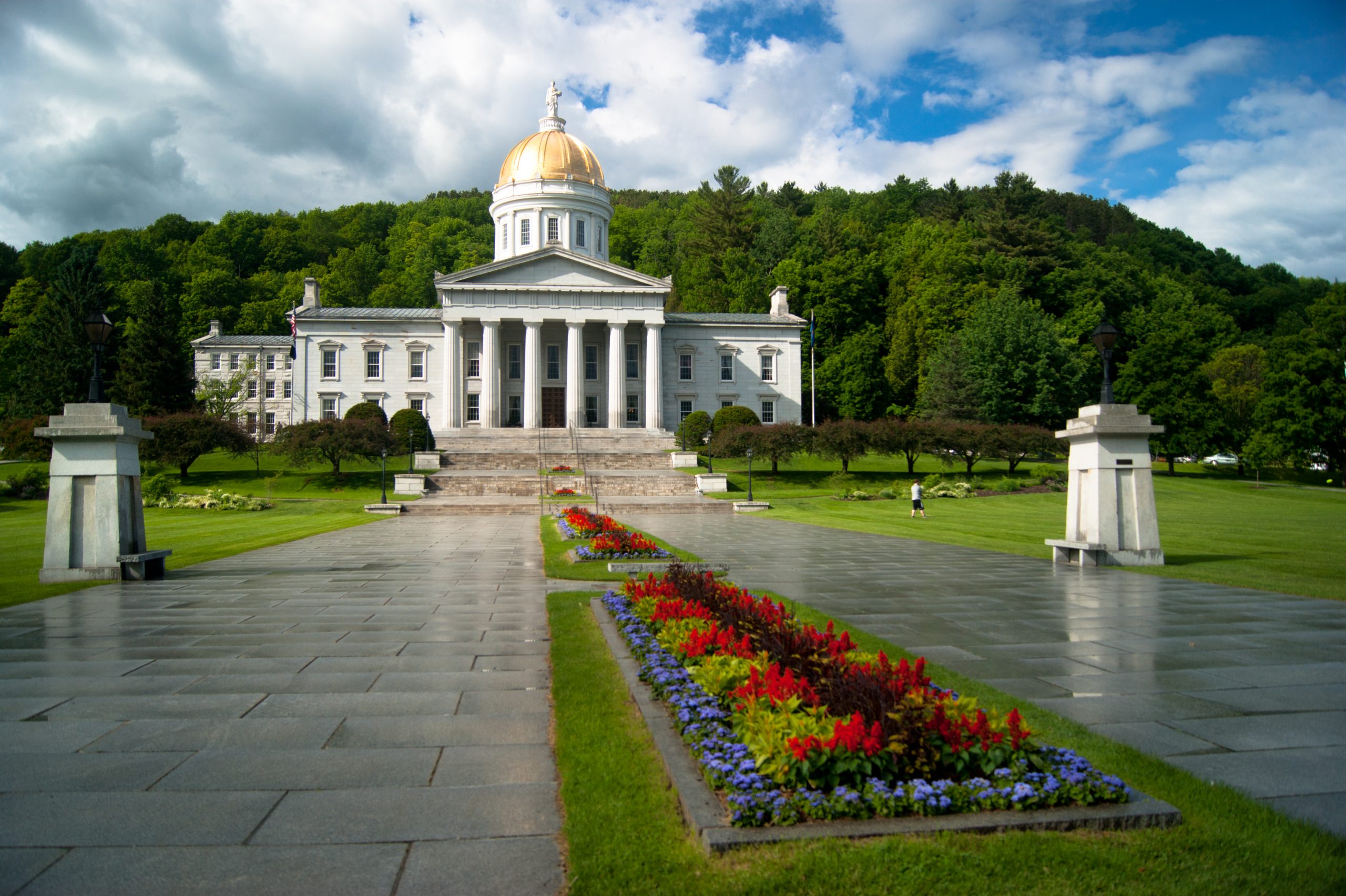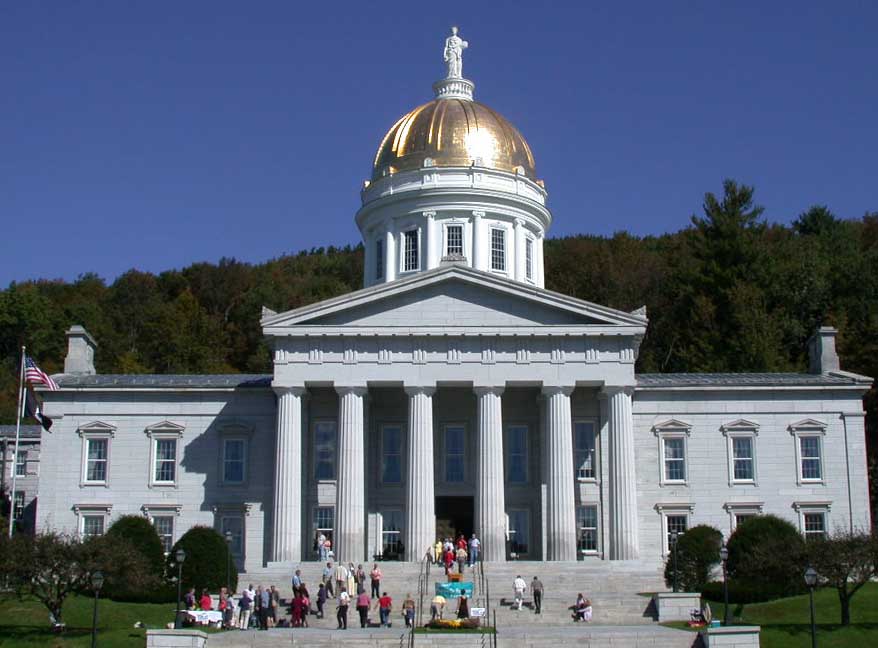Tag: vermont
-
Vermont voters to decide on constitutional amendment establishing right to collective bargaining and banning right-to-work laws, following Illinois in 2022

Voters in Vermont will decide on a ballot measure, titled Proposal 3, on Nov. 3, 2026. Proposal 3 would amend the Vermont Constitution’s Declaration of Rights to provide that employees have a state constitutional right to organize and join a labor organization for collective bargaining with their employer. This constitutional right to collective bargaining would…
-
Pittsburgh, Pennsylvania, and Vermont towns to vote on ballot measures related to the Israel-Palestine conflict

Voters in Pittsburgh, Pennsylvania, and five Vermont towns will decide on ballot measures related to the Israeli–Palestinian conflict in the coming months. On May 20, Pittsburgh voters will decide on two charter amendments passed by the city council in response to a proposed citizen initiative that may also appear on the ballot. The potential citizen…
-
Voters to decide 15 ballot measures on March 4 Town Meeting Day in Montpelier, Vermont

Montpelier voters will decide on 15 measures on the Town Meeting Day ballot on March 4, including three measures relating to the Montpelier Roxbury School District. Town Meeting Day is held at Montpelier City Hall on the first Tuesday of March. Polls are open from 7:00 a.m. to 7:00 p.m. Vermont law makes Town Meeting…
-
Seven presidential tickets will appear on the ballot in Vermont this November

Vermont’s Nov. 5, 2024, general election ballot will feature seven presidential candidates and their running mates. They are: Robert F. Kennedy Jr., running as an independent, withdrew from the presidential election in August, but will still appear on Vermont’s ballot as the We the People party’s presidential nominee. There are 14 fewer candidates on Vermont’s…
-
Vermont Senate veto-proof supermajority on the line in Nov. 5 elections

Elections for the Vermont State Senate will take place in 2024. The general election is on Nov. 5, 2024. The primary was Aug. 13, 2024. The filing deadline was May 30, 2024. All 30 seats are up for election. Democrats hold 21 seats and Republicans hold seven. Vermont is one of 29 states where one…
-
Vermont House veto-proof supermajorty on the line in Nov. 5 elections

Elections for the Vermont House of Representatives will take place in 2024. The general election is on Nov. 5, 2024. The primary was Aug. 13, 2024. The filing deadline was May 30, 2024. All 150 seats are up for election. Democrats hold 107 seats and Republicans hold 37. Vermont is one of 29 states where one party has large…
-
A look at Vermont’s 2024 state legislative primaries

Vermont has 25 contested state legislative primaries on August 13. In elections from 2010 to 2022, the average number of contested state legislative primaries was 18.1. There are 17 contested Democratic primaries and eight contested Republican primaries in 2024. That is the largest number of contested Republican primaries since Ballotpedia started tracking in 2010. The…
-
Two candidates are running for Vermont’s At-Large U.S. House seat—the fewest since 2016

This year’s filing deadline for candidates running for Congress in Vermont was May 30, 2024. Two candidates are running for Vermont’s one U.S. House district—one Democrat and one Republican. Seven candidates ran in 2022, six candidates ran in 2020, and five ran in 2018. Here are some other highlights from this year’s filings: Vermont and…
-
Six candidates file to appear on Vermont’s Democratic presidential primary ballot

The filing deadline for the Vermont Democratic presidential primary passed on Dec. 15, 2023. Six candidates filed to appear on the March 5, 2024, ballot. In order to file, candidates had to pay a $2,000 filing fee and submit a petition containing 1,000 signatures. The following candidates filed: Biden, Gabriel Cornejo, Frankie Lozada, Stephen Lyons,…
-
Six candidates file to appear on Vermont’s Republican presidential primary ballot

The filing deadline for the Vermont Republican presidential primary passed on Dec. 15, 2023. Six candidates filed to appear on the March 5, 2024, ballot. In order to file, candidates had to pay a $2,000 filing fee and submit a petition containing 1,000 signatures. The following candidates filed: Binkley, North Dakota Governor Doug Burgum, Christie,…

